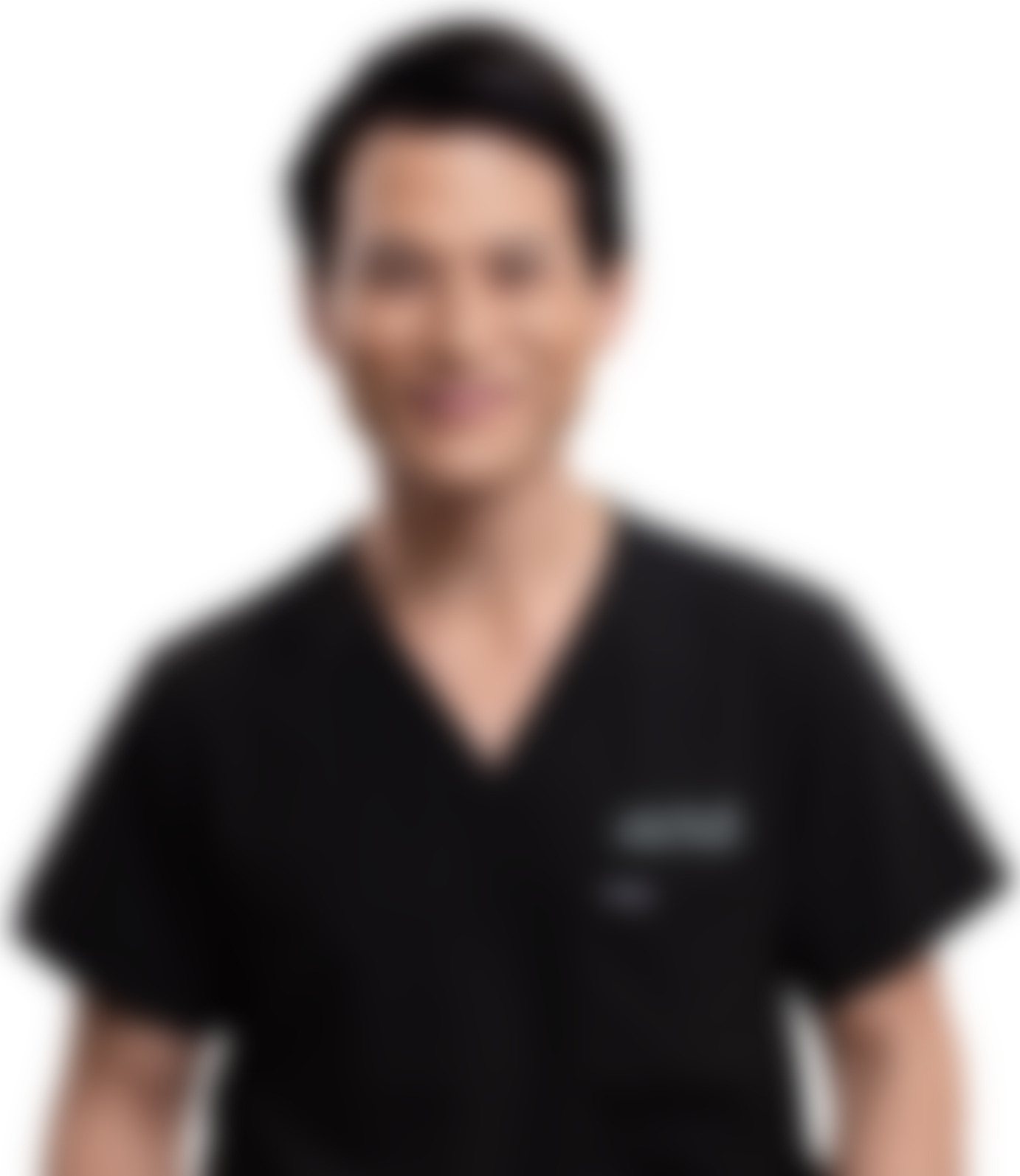Chemical Peel vs Laser Skin Resurfacing: Which Is Best?
UpdatedDeciding between a chemical peel and a laser skin resurfacing treatment is often confusing, as the words laser and chemical bring images of harsh procedures to mind. In reality, laser skin resurfacing treatments and chemical peels are rejuvenating, not damaging. Both help to restore a healthy, youthful, glow.
To determine which treatment is best for your individual skin type and needs, read on, and learn a bit more about the advantages each procedure provides.
Skin Resurfacing Treatments at a Glance
Skin resurfacing procedures are designed to help treat wrinkles, discoloration, fine lines, acne scars, and other blemishes spots by quickly shedding the outermost layer of your skin.
Once the damaged outer layer of skin is removed, healthier and younger looking skin emerges. Choosing a skin resurfacing procedure largely depends upon several factors:
- Your skin type
- The depth of lines and wrinkles
- The severity of sun damage
- The extent of uneven skin pigmentation
The 411 on Laser Skin Resurfacing
Laser skin resurfacing procedures can be either ablative or non-ablative.
Ablative laser treatment uses brief pulses of high energy, amplified light waves to help remove your skin’s blemishes. It targets both the superficial and deeper layers of your skin.
Non-ablative laser treatment only targets the skin’s middle and deeper layers, keeping the superficial layer intact.
Ablative vs Non-Ablative Laser Treatments
Both ablative and non-ablative laser treatments stimulate skin cells to produce more collagen and elastin - two components of protein responsible for keeping your skin tight and firm.
It is important to note that there is no absolute "best" laser option, as the results of each vary based on individual skin types and needs.
For instance, ablative lasers work best for those with significant skin discolorations and severely sun-damaged skin. Alternatively, non-ablative lasers are best for superficial pigmentation spots, extreme redness such as rosacea, and the appearance of mild-to-moderate facial lines.
Fractional Carbon Dioxide (CO2) Laser by Dr. Fan
One of our most popular laser treatments is the fractional carbon dioxide (CO2) laser. This type of laser treatment is preferred by many due to its unique benefits:
- It only affects a certain portion of your skin while l allowing sufficient light to safely penetrate the skin’s middle and deeper layers.
- Lesser surface recovery and more in-depth coverage.
- Addresses a wide range of issues including improving uneven skin tone, scarring, and the appearance of fine lines and wrinkles.
- Produces dramatic outcomes with minimal downtime.
The number of laser skin resurfacing treatment sessions required depend on the severity and extent of your skin care woes.
The Benefits of Laser Skin Resurfacing
With so many different types of laser skin resurfacing treatments available, it’s not uncommon to feel overwhelmed by the options. To help you make the right decision for your needs, it is best to think in terms of your skin care goals.
Whether it’s ablative or non-ablative, a laser skin resurfacing procedure can help you accomplish the following:
- Fade skin discolorations (such as brown spots).
- Reduce the appearance of mild to moderate facial wrinkles.
- Reverse the effects of leathery, sun-damaged skin.
- Improve and potentially eliminate redness from rosacea.
- Lighten or possibly eliminate scarring.
The Skinny on Chemical Peels
While laser skin resurfacing treatments make use of light energy to encourage the skin’s regeneration and boost collagen production, a chemical peel uses an applied solution to gently peel off the outermost layers of the skin.
Ranging from light to deep, the chemical solutions vary according to strength and specific ingredients. The extent of their peeling action may be influenced by how they are applied and how long they remain on the skin.
Light Chemical Peels
Light chemical peels partially reach through the outermost layers of your skin and use a milder acid solution such as glycolic acid, alpha hydroxyl acid (AHA), salicylic acid, fruit enzymes, or a low concentration of trichloroacetic acid (TCA).
Deep Chemical Peels
Deep chemical peels reach further into the middle and deeper layers of the skin. Common types of deep chemical peels include phenol peels, stronger TCA peels, and croton oil. Deeper peels are recommended if you exhibit advanced signs of aging like intense wrinkles, extensive sun damage, or severe acne scars.
Medium-to-deep peels can produce dramatic improvements, they are more invasive. Anesthesia is required to make you comfortable during the treatment. Additionally, several days of downtime are required to allow your skin to heal.
Your Chemical Peel Treatment with Dr. Fan
Dr. Fan will recommend a peel that is appropriate for your skin type, the specific issues you want to address, and the depth of peeling required to accomplish your desired outcomes.
After the initial healing period, slight improvements will be immediately noticeable. You may experience a feeling of tighter skin, a fairer complexion, and a more even skin tone.
The effects of chemical peels are cumulative. Repeated sessions, spaced out between weeks or months, are recommended for optimal results.
Chemical Peels vs Laser Skin Resurfacing
Both chemical peels and laser skin resurfacing can address the same set of issues. Additionally, they are both helpful in maintaining the results of surgical procedures such as facelifts or other non-invasive treatments like Botox.
Each client is unique.
Your choice of skin resurfacing treatment will depend on your individual skin type, age, ethnicity, sun exposure, preferences, and your overall health. The best way to determine which treatment suits your needs best is to visit us at our San Francisco clinic for a physical assessment and evaluation.
Ultimately, you have to understand that laser resurfacing treatments and chemical peels are helpful for improving overall skin tone and texture. However, for the best results, they must be accompanied with a healthy lifestyle, such as getting enough sleep and not smoking. A consistent skin care routine also helps.
Schedule an appointment with Dr. Fan today and discover your healthiest skin.







